One of the primary missions of a formal education is to prepare students for life after graduation, where they can be productive, responsible members of society and lead fulfilling lives. Achieving this goal requires social skills, balance and well-being, life skills and key knowledge learning. But it also entails practical education and problem solving, particularly in relation to the types of abilities valued by employers.
One course in our High School that supports this is called Design & Robotics. By allowing students to express their creativity through design, the course offers students open-ended learning opportunities in fields like 3D printing, mechanical design, and robotics. It also provides ISB students with meaningful opportunities for experiential learning, group planning, and creative teamwork .
The demands of design require students to consider questions of aesthetics, function, practicality, production, competitive strategy, and user experience. Students also learn about working with basic blueprints, as well as how products are made with 3D printers and other tools. These enjoyable and immersive experiences in the workshop give students a taste of the engineering world and spark their interest in any number of related activities.
Opening the door to creativity
In his second year as ISB’s Middle School Design & Robotics teacher, Iwan Meaker is right at home in our classrooms. He previously taught in Wales and the Netherlands, and has a Bachelor’s Degree in Product Design along with a Master’s in Design Management.
By encouraging his students to work together on their original ideas and creations, Mr. Meaker helps them develop self-management, social-intelligence, creativity and adaptability with each of their projects. He also stresses that mistakes are a natural part of the creative process, but that these setbacks go hand in hand with the courage to learn and the commitment to continue and improve even when the challenges of design seem great.
Mr. Meaker considers his class in the context of today’s changing global society – where tomorrow’s social, economic, and political problems will require creative solutions that must be grounded in empathy in order to become sustainable. Problem-solving is a major theme of his classroom lessons, which involve conversations about physical practicality as well as social benefit. In order to design products worth using, Mr. Meaker observes, we must put ourselves in the minds of the users. This element of empathy, is a core principle of the design thinking methodology, a term coined by Tim Brown of IDEO.
In this sense, students learn that effective design must have a psychological component as well. Through the hands-on and experiential process of learning through group design and creation, Mr. Meaker’s students learn firsthand how these lessons of empathy apply to the world of design. Over time, they develop an instinct for effectively integrating the different elements of successful design into new and original creations. Mr. Meaker uses design as a synthesis of lessons learned in other fields.
From day to day, this approach manifests itself in different ways. In one lesson, he may ask his students to design and create a ping-pong ball launcher; in the next, he may ask them to redesign a footpath for an improved user experience. Another day may have students building battle robots, or 3D-printing a new product that they have just invented. In between, there are conversations about the nature and purpose of creativity, and how to take into account the nature of the world, the people living in it, and their relation to the products we make.
As students learn about these topics, as well as other areas of engineering such as robotics, Mr. Meaker’s overarching aim is to prepare them for success in the fast-changing world ahead of them. As the future remains unknown, adaptability and problem-solving will be essential skills for the new generation of designers and innovators. The diverse lessons and skillsets that feature in Mr. Meaker’s classes can also be transferred to students’ other academic pursuits,.
By applying the creative, team-oriented and socially responsible lessons they learn in Mr. Meaker’s classroom, our high school students can make a genuinely positive contribution to the wider community. They will also learn valuable skills needed to enrich communities throughout their lives.
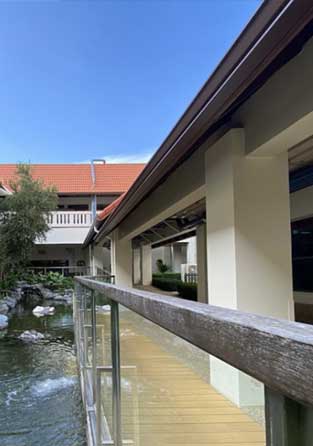
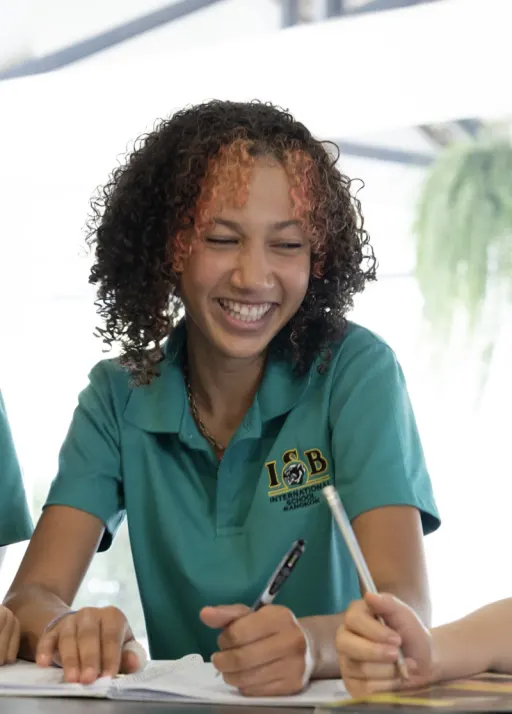

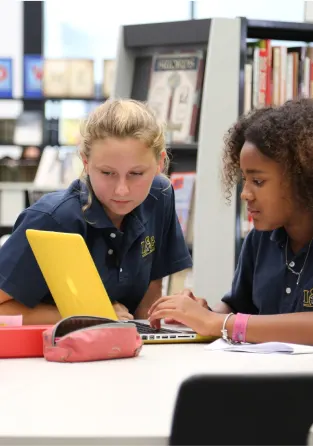
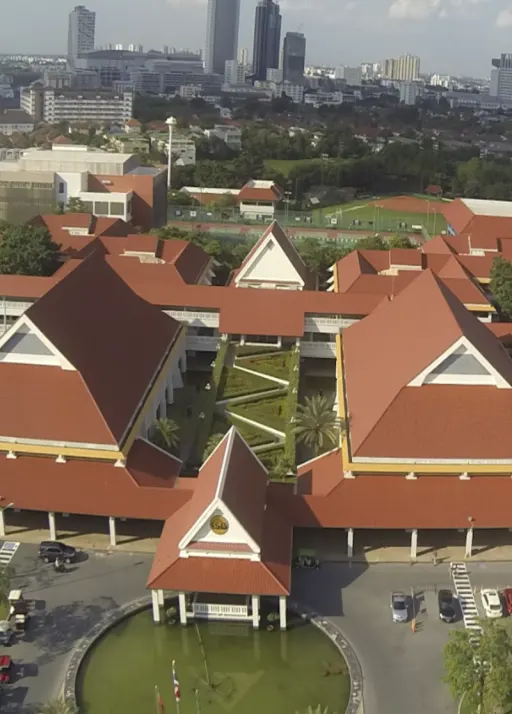


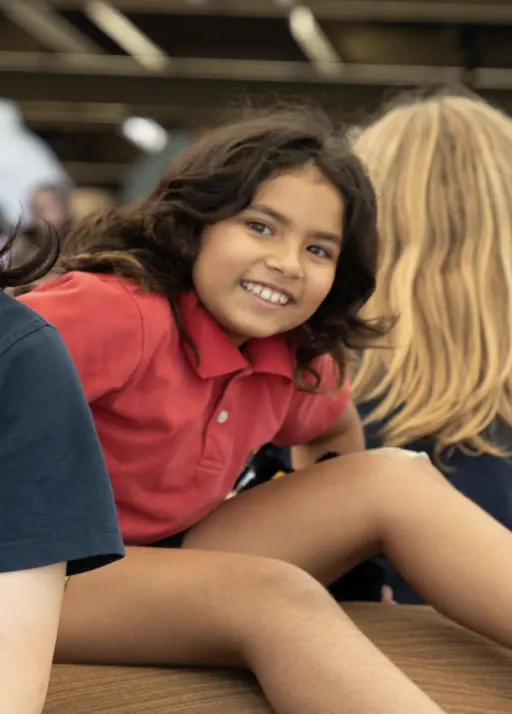
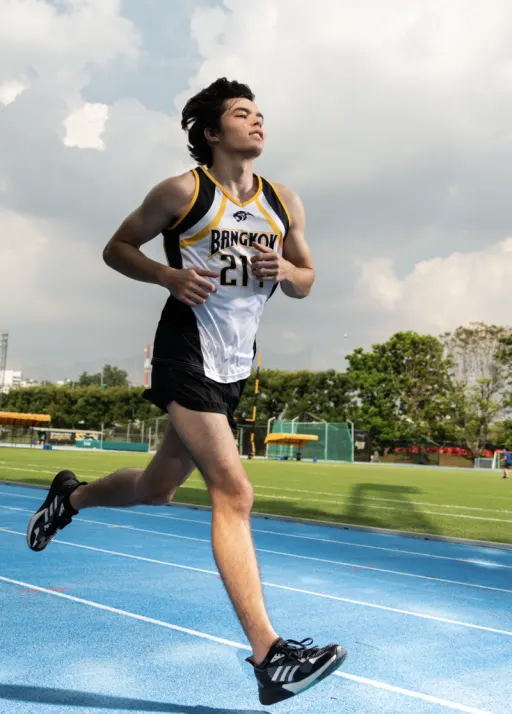

 日本語
日本語
 한국어
한국어
 中文 (简体)
中文 (简体)
 ภาษาไทย
ภาษาไทย